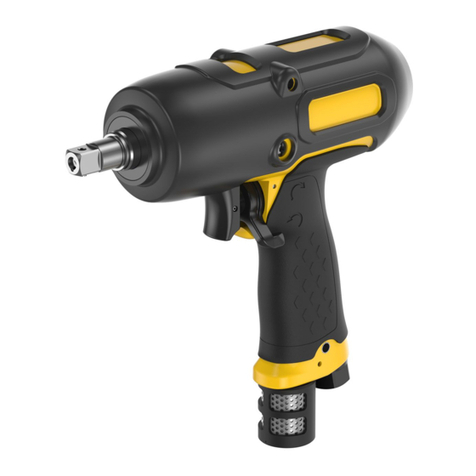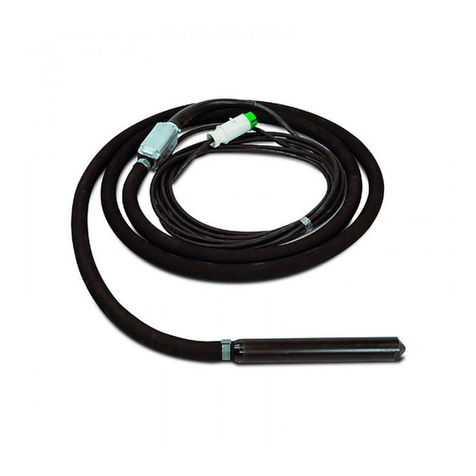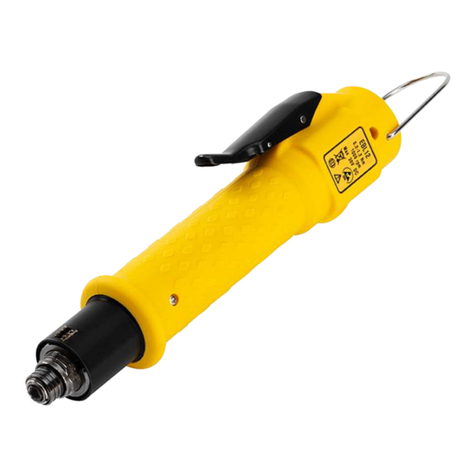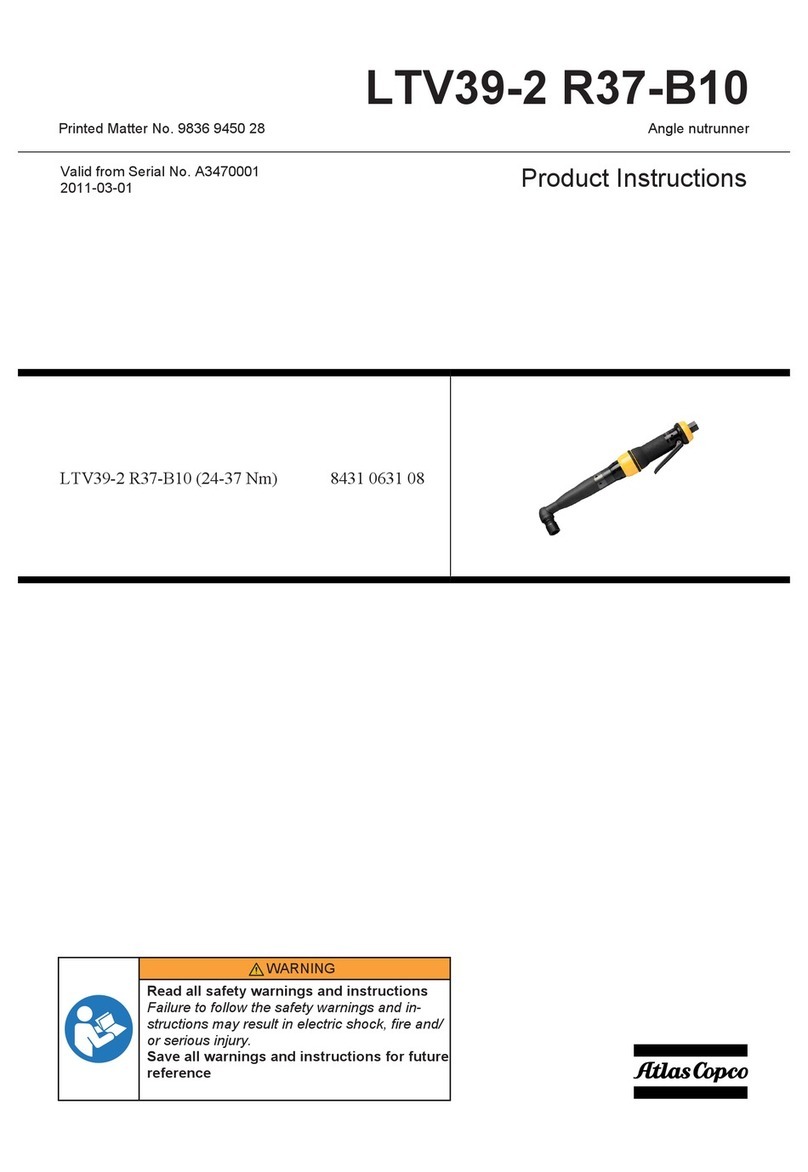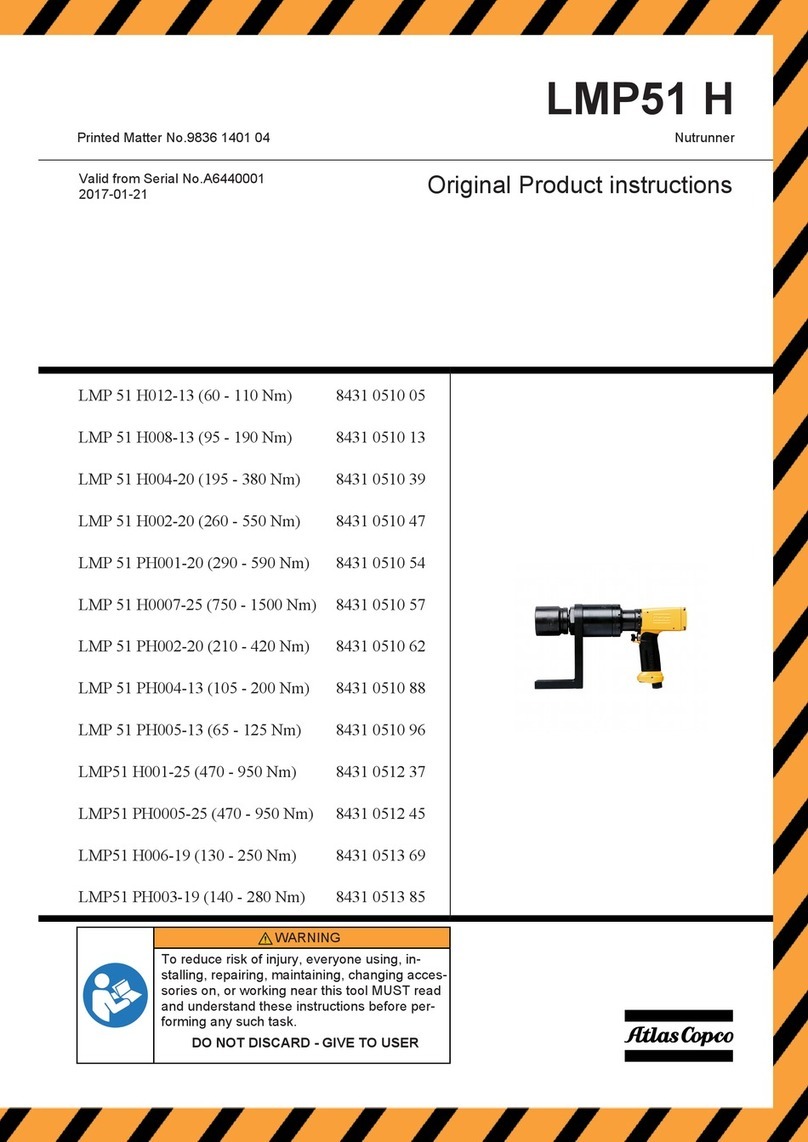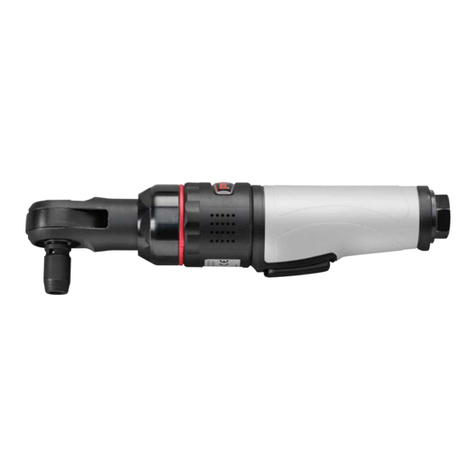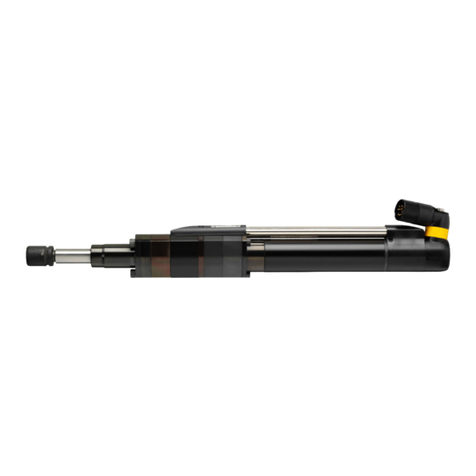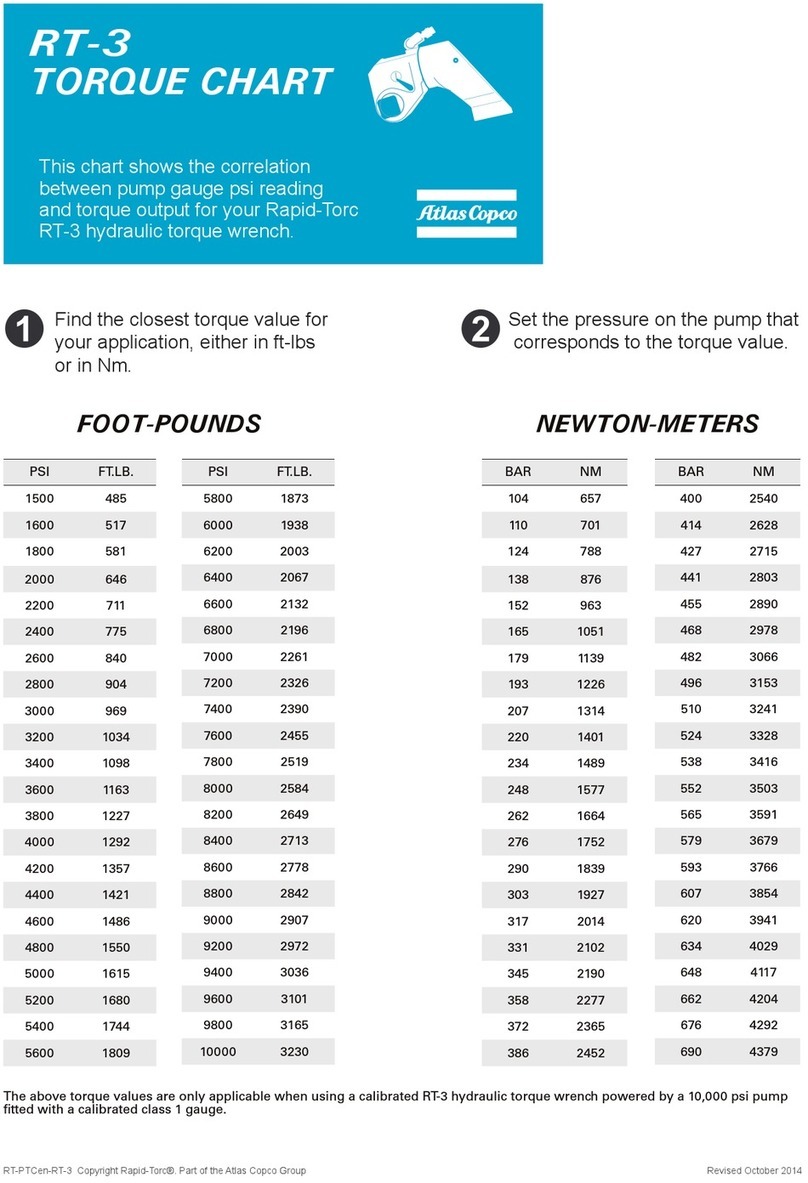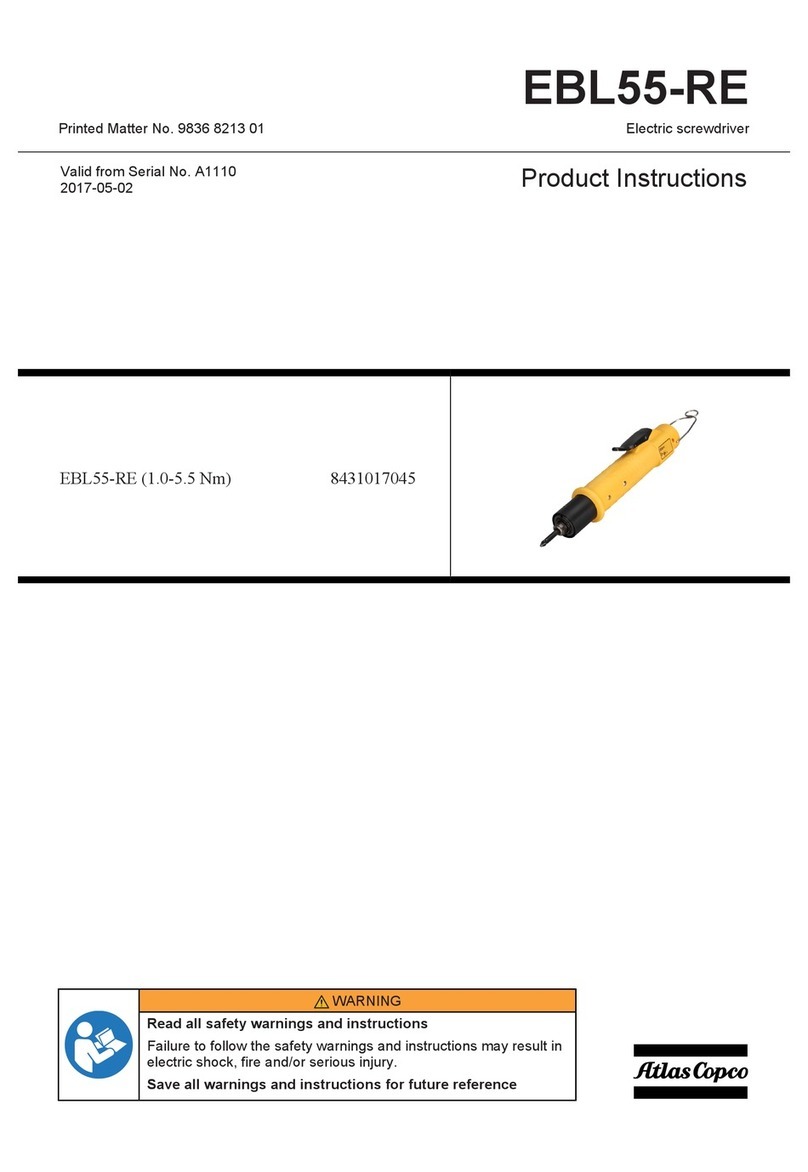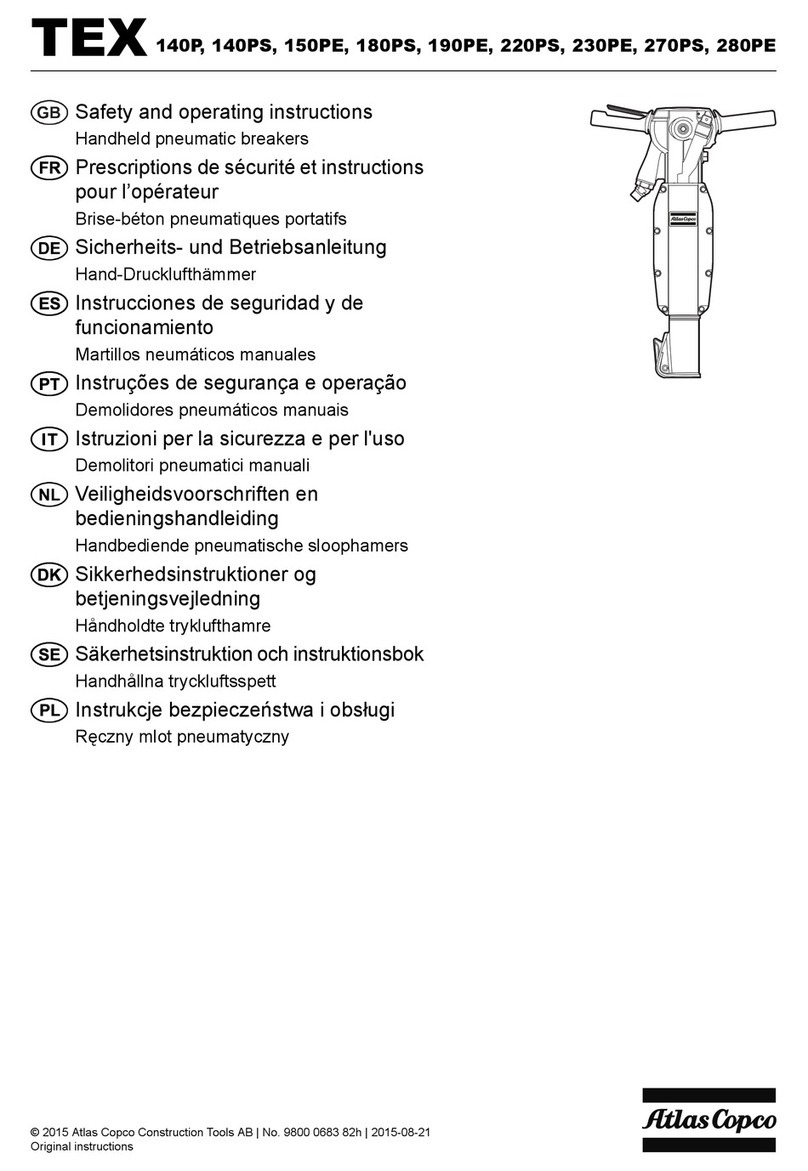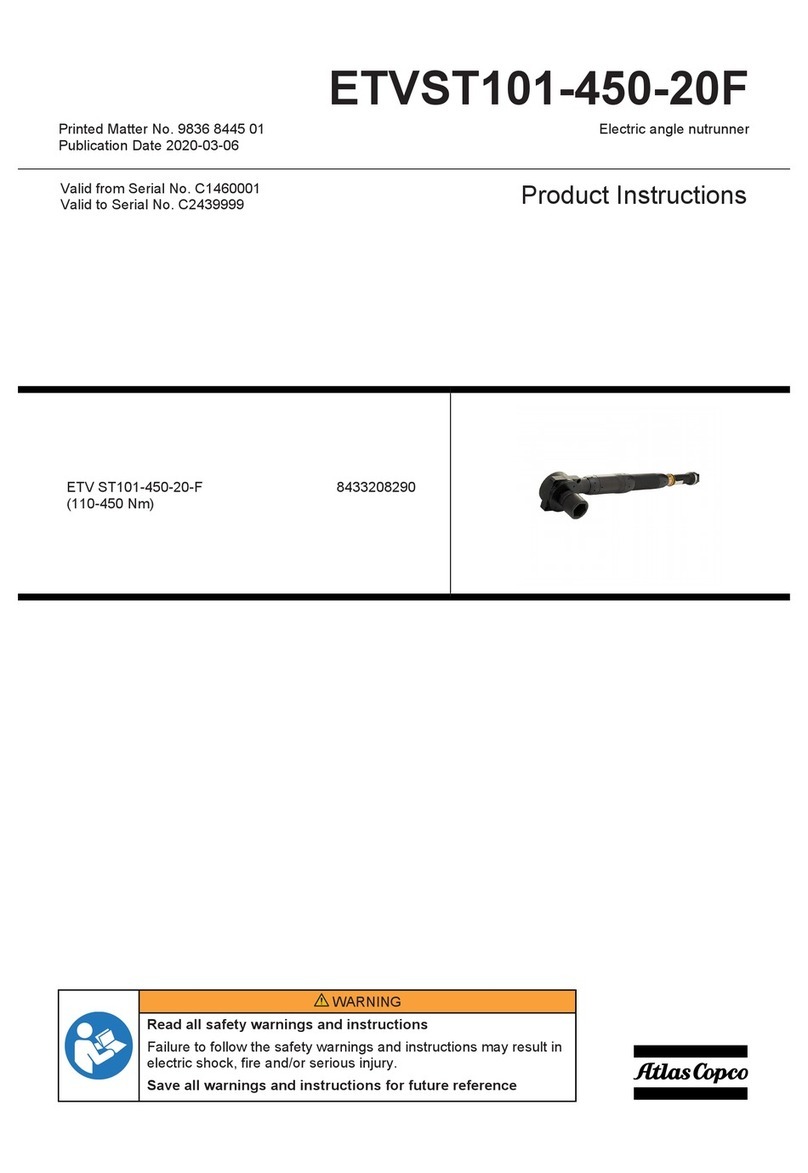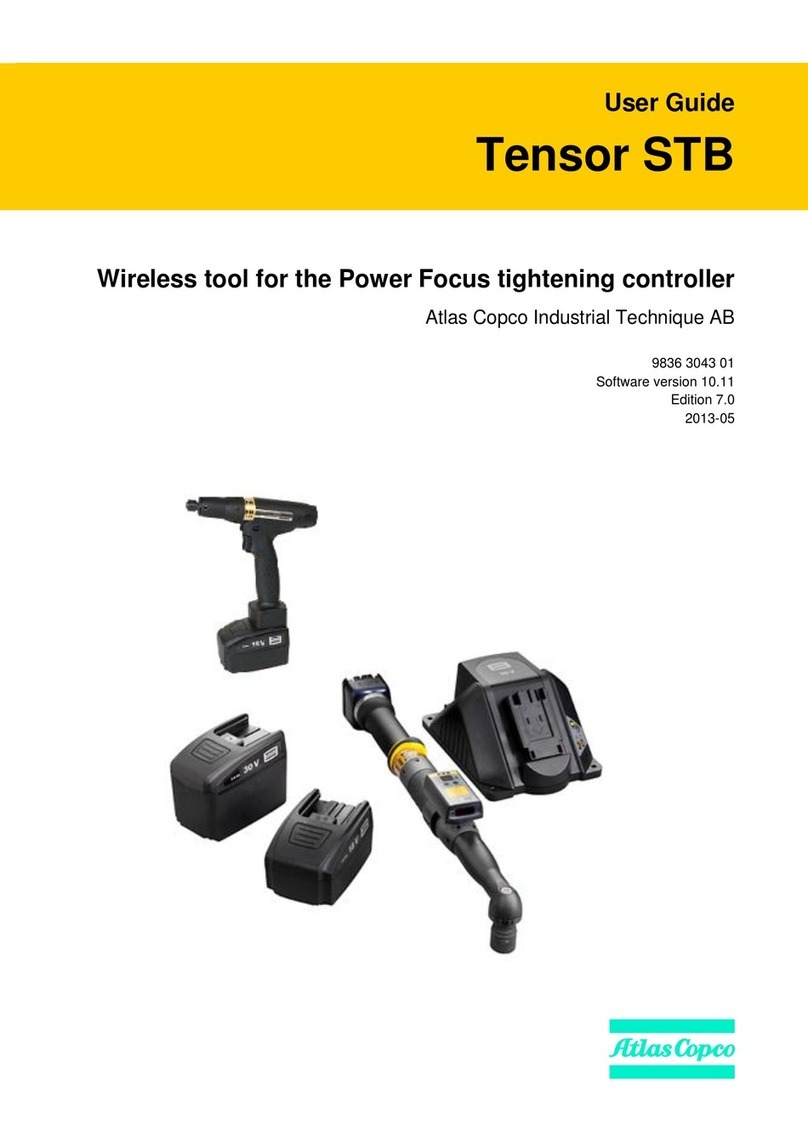
WARNING Dust and fume hazard
Dusts and/or fumes generated or dispersed when
using the machine may cause serious and
permanent respiratory disease, illness, or other
bodily injury (for example, silicosis or other
irreversible lung disease that can be fatal, cancer,
birth defects, and/or skin inflammation).
Some dusts and fumes created by compaction
work contain substances known to the State of
California and other authorities to cause
respiratory disease, cancer, birth defects, or other
reproductive harm. Some examples of such
substances are:
•Crystalline silica, cement, and other masonry
products.
•Arsenic and chromium from chemically-treated
rubber.
•Lead from lead-based paints.
Dust and fumes in the air can be invisible to the
naked eye, so do not rely on eye sight to
determine if there is dust or fumes are the air.
To reduce the risk of exposure to dust and fumes,
do all of the following:
►Perform site-specific risk assessment. The risk
assessment must include dust and fumes
created by the use of the machine and the
potential for disturbing existing dust.
►Use proper engineering controls to minimize the
amount of dust and fumes in the air and to
minimize build-up on equipment, surfaces,
clothing, and body parts. Examples of controls
include: exhaust ventilation and dust collection
systems, water sprays, and wet drilling. Control
dusts and fumes at the source where possible.
Make sure that controls are properly installed,
maintained and correctly used.
►Wear, maintain and correctly use respiratory
protection as instructed by your employer and
as required by occupational health and safety
regulations. The respiratory protection must be
effective for the type of substance at issue (and
if applicable, approved by relevant
governmental authority).
►Work in a well ventilated area.
►If the machine has an exhaust, direct the
exhaust so as to reduce disturbance of dust in a
dust filled environment.
►Operate and maintain the machine as
recommended in the operating and safety
instructions
►Wear washable or disposable protective clothes
at the worksite, and shower and change into
clean clothes before leaving the worksite to
reduce exposure of dust and fumes to yourself,
other persons, cars, homes, and other areas.
►Avoid eating, drinking, and using tobacco
products in areas where there is dust or fumes.
►Wash your hands and face thoroughly as soon
as possible upon leaving the exposure area,
and always before eating, drinking, using
tobacco products, or making contact with other
persons.
►Comply with all applicable laws and regulations,
including occupational health and safety
regulations.
►Participate in air monitoring, medical
examination programs, and health and safety
training programs provided by your employer or
trade organizations and in accordance with
occupational health and safety regulations and
recommendations. Consult with physicians
experienced in relevant occupational medicine.
►Work with your employer and trade organization
to reduce dust and fume exposure at the
worksite and to reduce the risks. Effective
health and safety programs, policies and
procedures for protecting workers and others
against harmful exposure to dust and fumes
must be established and implemented based on
advice from health and safety experts. Consult
with experts.
DANGER Exhaust gas hazard
The exhaust gas from the machine’s combustion
engine contains carbon monoxide which is
poisonous, and chemicals known to the State of
California and other authorities to cause cancer,
birth defects, or other reproductive harm.
Inhalation of exhaust fumes can cause serious
injury, illness, or death.
►Never inhale exhaust fumes.
►Ensure good ventilation (extraction of air by fan
if necessary).
WARNING Battery hazard
The battery contains poisonous and corrosive
sulphuric acid and can explode, this can cause
injury.
►Never expose the battery to naked flames,
sparks, strong heat, or anything else where
there is a risk of explosion.
►Avoid getting acid on your skin, clothes or on
the machine.
►Wear protective glasses to avoid getting acid in
your eyes, if you get acid in your eyes rinse
them with water for at least 15 minutes and
seek immediate medical treatment.
LG 204 Safety and operating instructions
© Construction Tools EOOD | 9800 1760 01 | 2016-09-27
Original instructions
7
To order go to Discount-Equipment.com

